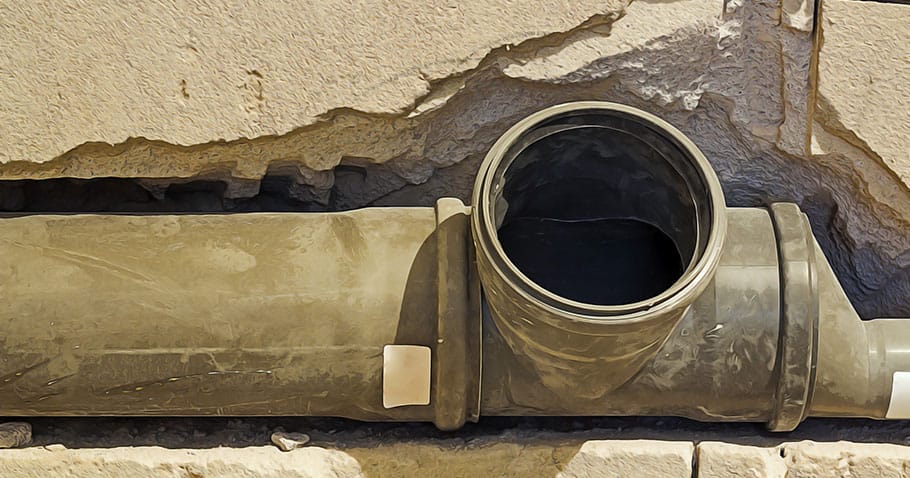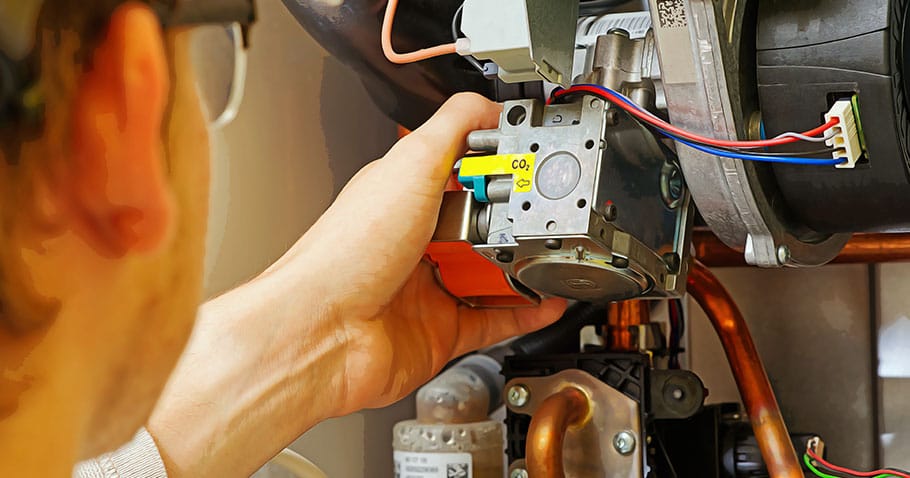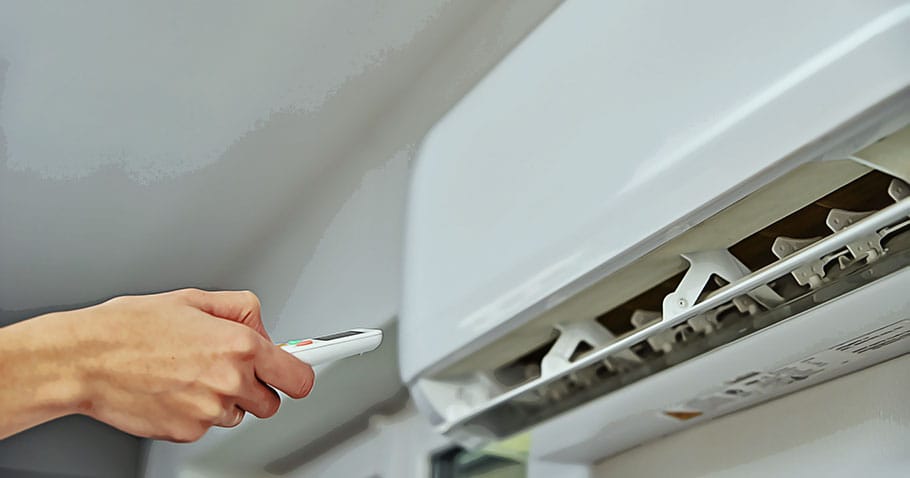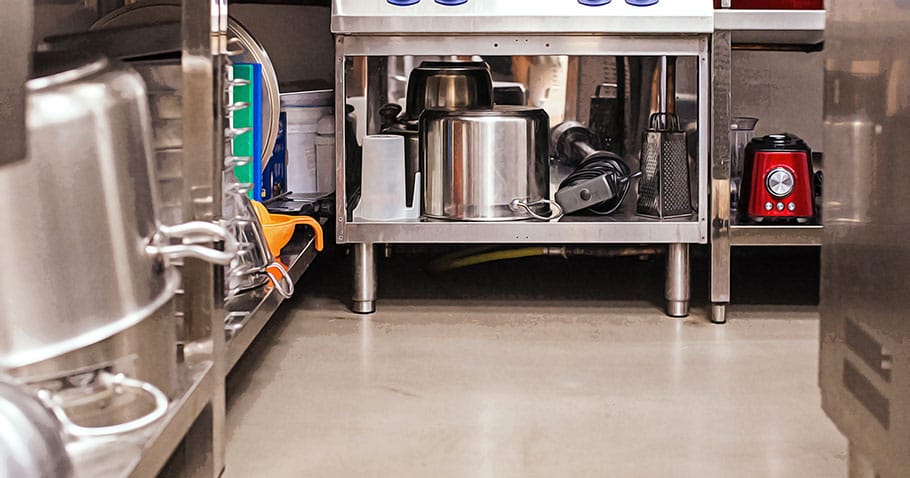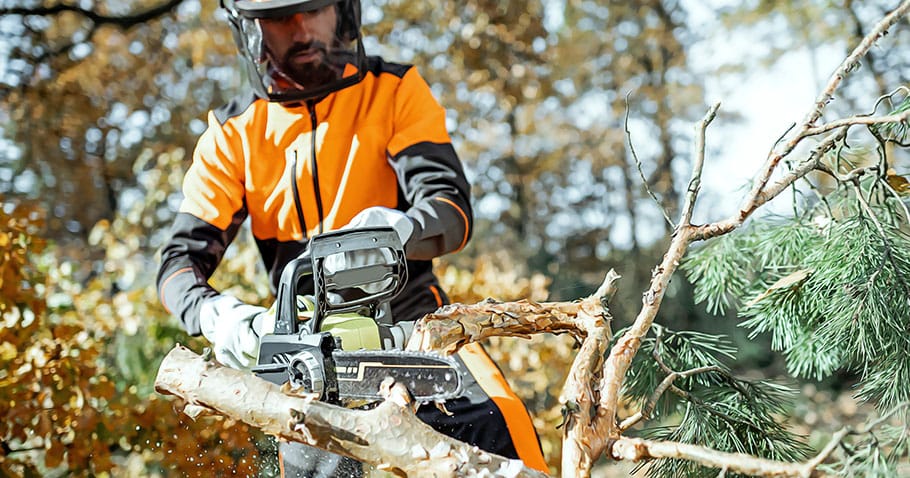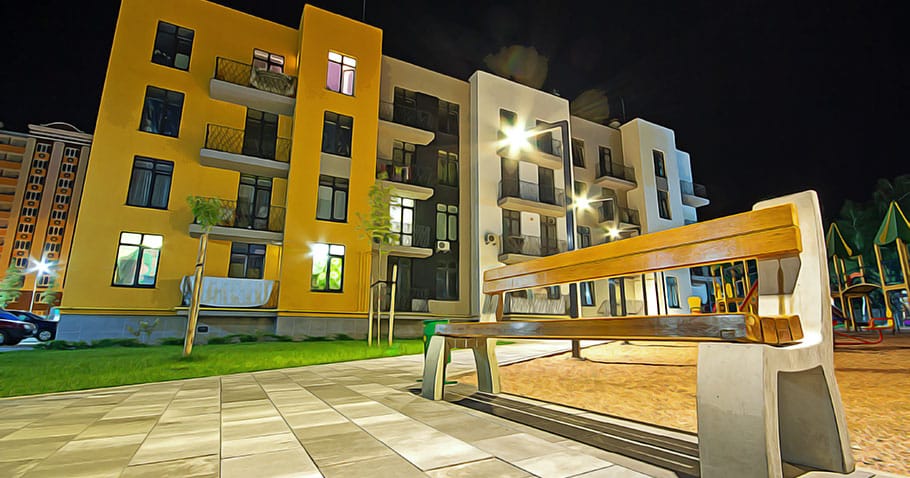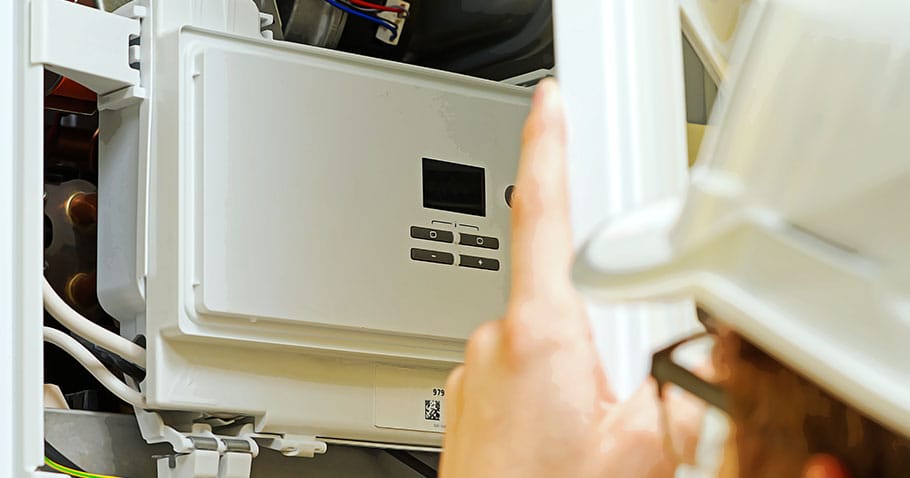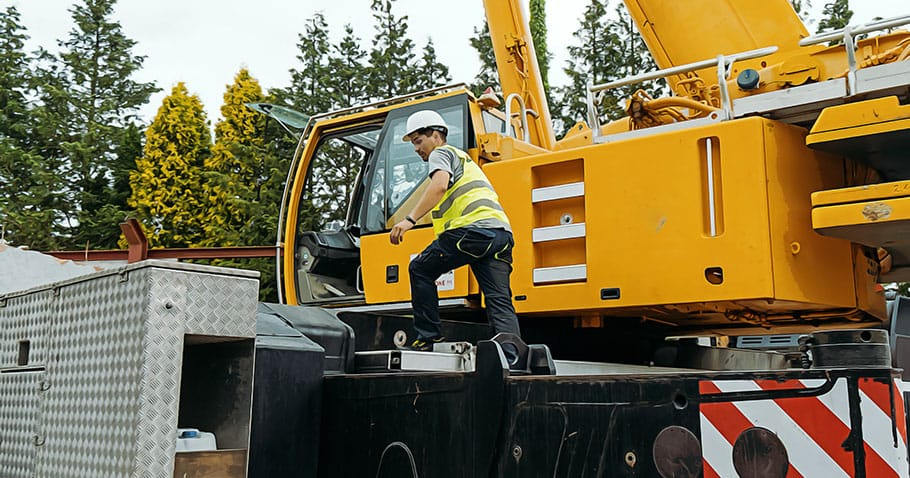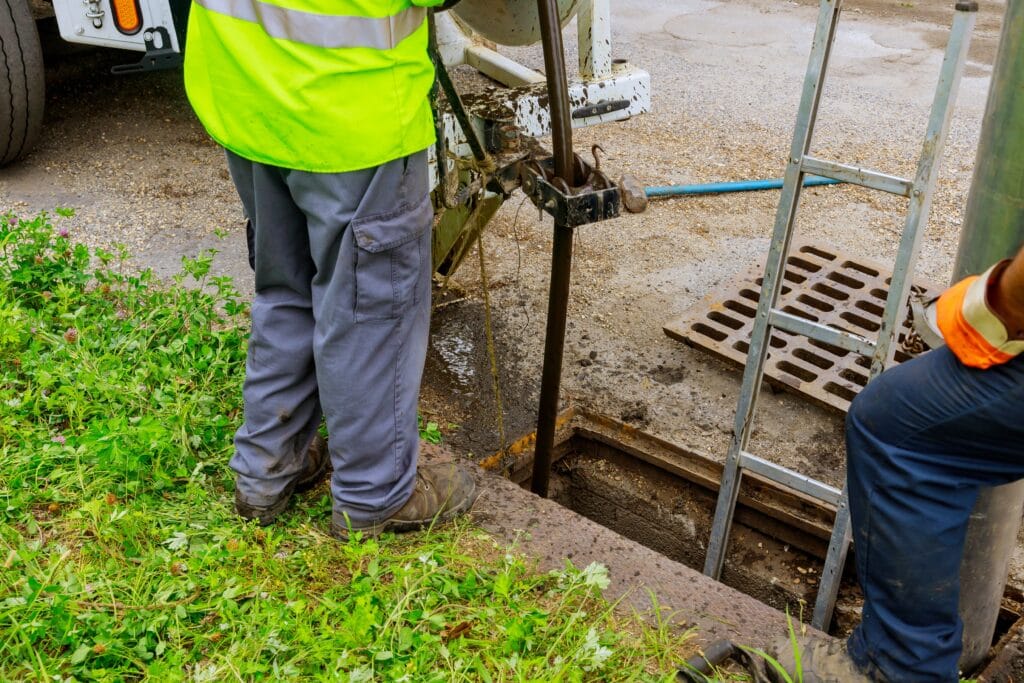Hammer Toes: Causes, Symptoms, Risk Factors, And Treatment

Hammertoe can cause pain in your foot accompanied by difficulty in walking. If the pain is not manageable and you can’t straighten your toe, set an appointment with an orthopedic surgeon. Here’s what you should know about a hammer toe.
Hammer Toes
Hammer toe is a deformity related to the toes. A toe (except for the big toe) is made of three joints that help them bend in the middle as well. In hammer toe, the second, third, or fourth toes become bent in the middle permanently in severe cases. The patient can’t straighten the toes. This causes pain and difficulty in walking.
A hammer toe can be present from birth, but usually, it develops with a condition or wearing tight shoes or heels. This condition is treatable mostly without surgery.
Hammer Toes vs Claw Toes vs Mallet Toes
A hammer toe is a toe deformity and so are claw toes and mallet toes. They are closely related so learn the difference between them.
A hammer toe is caused by the bending of the middle joint of a toe. A mallet toe occurs when the joint closest to the tip of the toe bends. And a mallet toe is a toe disorder where the middle joint bends with an upward bent in the base joint of the same toe.
These toe disorders are similar and most of their causes, symptoms, and treatments are also the same.
Causes Of Hammer Toes
A hammer toe is caused by the middle joint of your toe bent downward due to:
- Tight shoes or heels
- A foot or toe injury
- Arthritis
- Genetics
- A foot arch that is too high
- Pressure from a bunion (the big toe getting bent and under the second toe)
- Tight foot ligaments or tendons
- Diabetes
- Neuromuscular conditions where the patient can’t control some muscle movements
- Muscle imbalance caused by other factors than tight or pointy footwear
Symptoms Of Hammer Toes
- A toe joint becoming rigid and bent
- Pain in the middle joint of the toe
- Corns and calluses on the toe that is bent
- You can’t flatten the toe or it’s difficult to flatten the toe
- Pain when you move the toe joint with or without any external force
- Swelling of the middle joint of the toe
- Redness or inflammation on the toe
- Open sores that are rarely seen in hammer toes
Types Of Hammer Toes
There are types of hammer toes with respect to the movement of the affected toe
Flexible Hammer Toe
This is usually the developing phase of a hammer toe. There is swelling in the middle joint of the toe and the toe is slightly bent, you can move the middle joint of your toe without external force and pain.
Semi-Rigid Hammer Toe
When your inflamed and bent toe is becoming rigid and you can’t move without putting force, it’s a semi-rigid hammer toe. You will feel pain when moving or flattening the toe.
Rigid Hammer Toe
In this type of hammer toe, you can’t move your bent toe and it has become stiff and stuck in the bent state. You will feel the symptoms like pain in the middle joint, corn and calluses on the joint, difficulty in walking, and pain in the toe.
Diagnosis Of Hammer Toes
You can visit your healthcare provider for a physical examination if your toe(s) is rigid or you feel pain in the joints of your toe. Doctors can spot a hammer toe, mallet toe, or claw toe right away. However, you may be suggested imaging tests like X-rays if you had a bone, muscle, or ligament injury in the toe or foot. You will also be referred to an ankle, foot, and hand injury doctor Woodbridge.
Moreover, if you have diabetes or have less sensation in your feet, you will be asked to undergo further tests. These will be done to determine if a neurological condition is causing the tendon imbalance.
Risk Factors Of Hammer Toes
Some factors can increase your risk of developing toe deformities like hammer toes, mallet toes, or claw toes.
- A family history of hammer toe
- Wearing tight or pointy shoes or heels for years
- Corns, calluses, and bunions on the toes
The most common risk factor of hammer toes is wearing shoes that are too tight, pointy, or high heels. Small or pointy shoes will not provide any space for your toes to move. They will be stuffed together the entire time you wear the tight shoe. If the habit persists, it may develop toe deformities.
Treatments For Hammer Toes
Changes In Footwear
Mild hammer toes don’t require any treatment and they can be fixed by using better-sized and comfortable shoes. Moreover, your doctor will advise you to avoid wearing tight shoes, or pointy or high heels.
For selecting the size of a shoe, make sure that the shoe is one inch longer than your longest toe. The longest toe can be your second toe or the big toe. If you can’t find shoes that have enough room for your toes, you can take a normal-sized shoe to a shoe repair shop for stretching the toe box.
Exercises
Your doctor may show you some exercises as well that you will need to perform for increasing the mobility of the toes and reducing the stiffness. You may be suggested to gently stretch your toes and use your toes to pick things.
Towel curls are a common exercise for toes. A towel is placed flat on the ground and you have to curl the towel with your toes.
Medication
If you’re feeling pain in your toe, you may be prescribed medications or suggested over-the-counter remedies for pain. There are straps, cushions, and corn pads for pain relief. You may suggested foods that fight inflammation.
Surgical Treatments
In the cases where the toe is completely stiff and can’t be moved, surgical procedures are used for hammer toe repair. Different types of surgeries are carried out depending on the case.
Tendon Lengthening
In some patients, the toe joint is flexible, but the tendons are too stiff. A tendon lengthening procedure is done for these patients.
Tendon Transfer
It is also for patients with flexible toes. Depending on the case, your surgeon may decide that tendon transfer can be a better treatment for you. Tendons from the bottom of the toe are transferred to the top of the toe in this procedure.
Arthrodesis
Arthrodesis or joint fusion is suggested for patients who have a stiff toe joint. This procedure can be done in combination with a tendon lengthening or tendon transfer procedure.
In arthrodesis, a small part of the toe bone is removed for improving the movement of the toe joint. A wire, pin, or plate is used to hold the joints together to let them fuse over time.
After a hammer toe repair surgery, you may feel stiffness and swelling in your toe for 4 to 6 weeks. You will be able to use the toe after the surgery but it should be kept limited for better healing.
After full recovery, you may feel your toe a little longer or shorter than before.
Conclusion
Hammer toes are common in people who regularly use tight shoes and heels. If you can’t move your toe or feel pain in your toe, go to a podiatrist Woodbridge for diagnosis and treatment.










